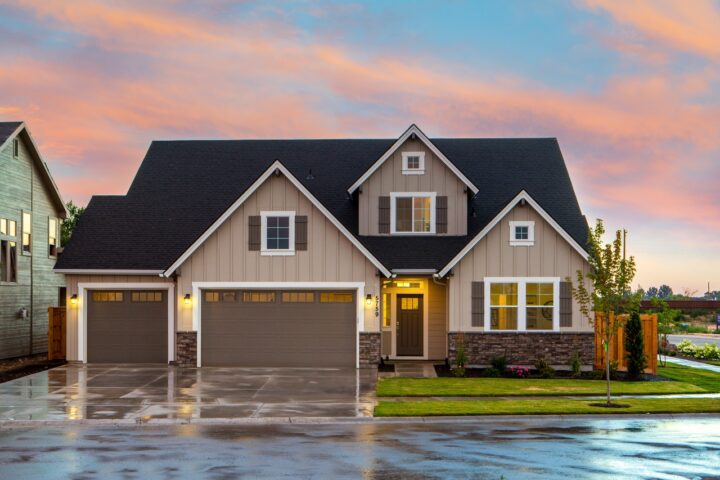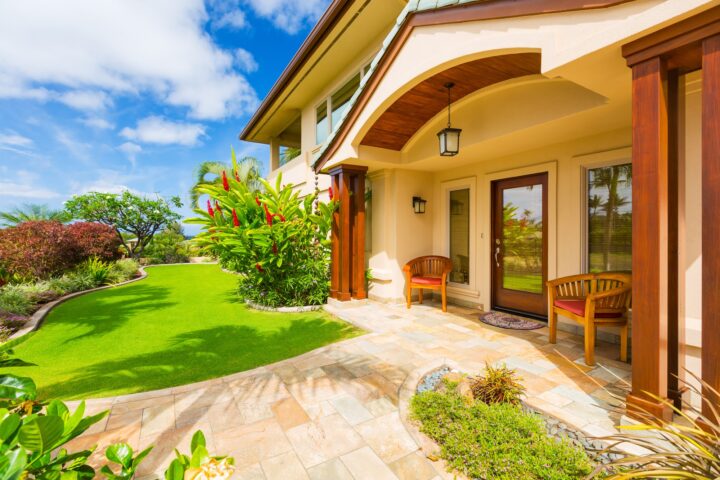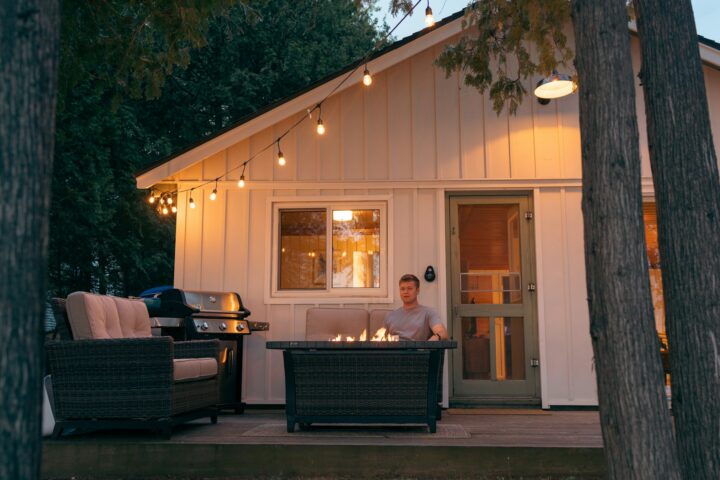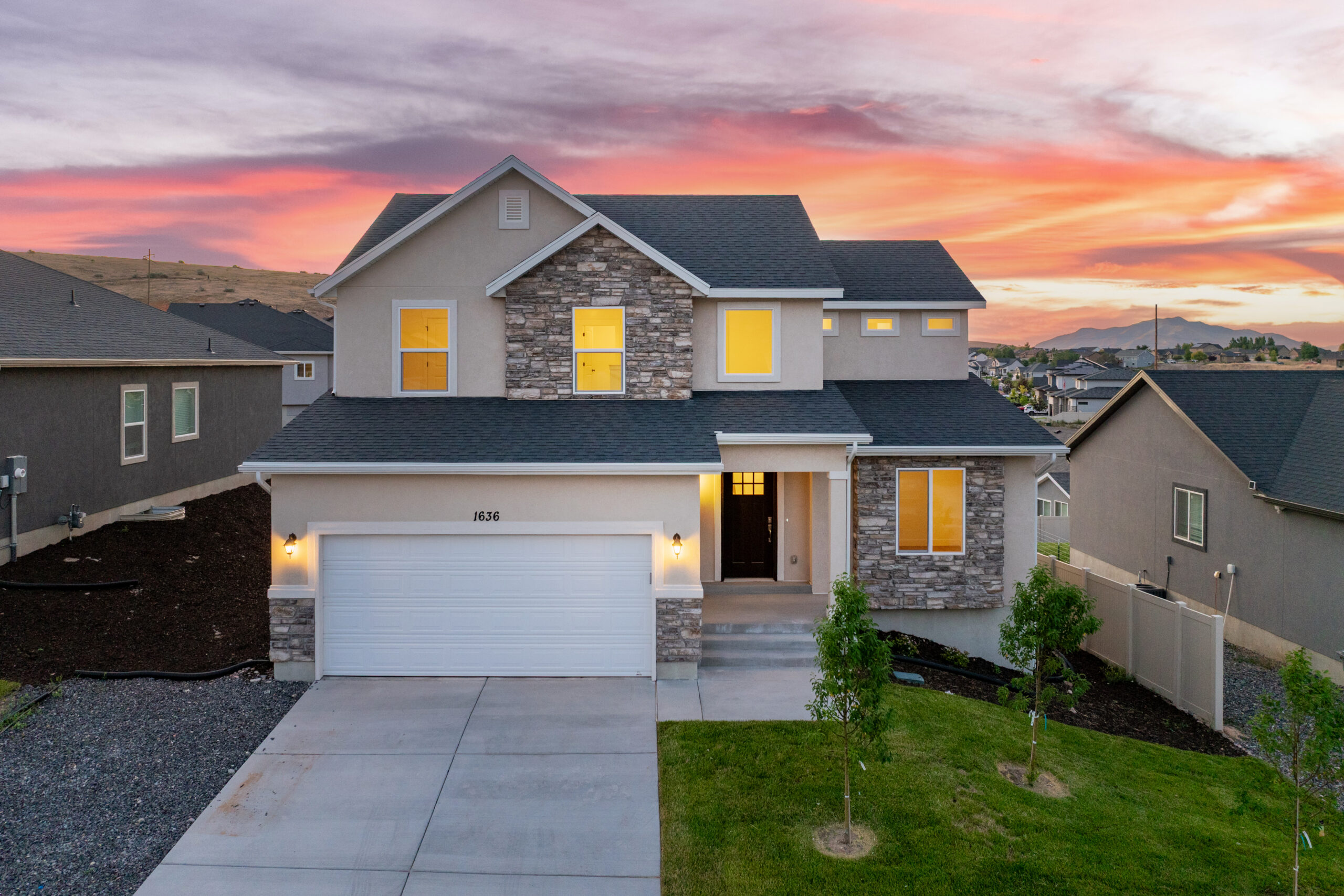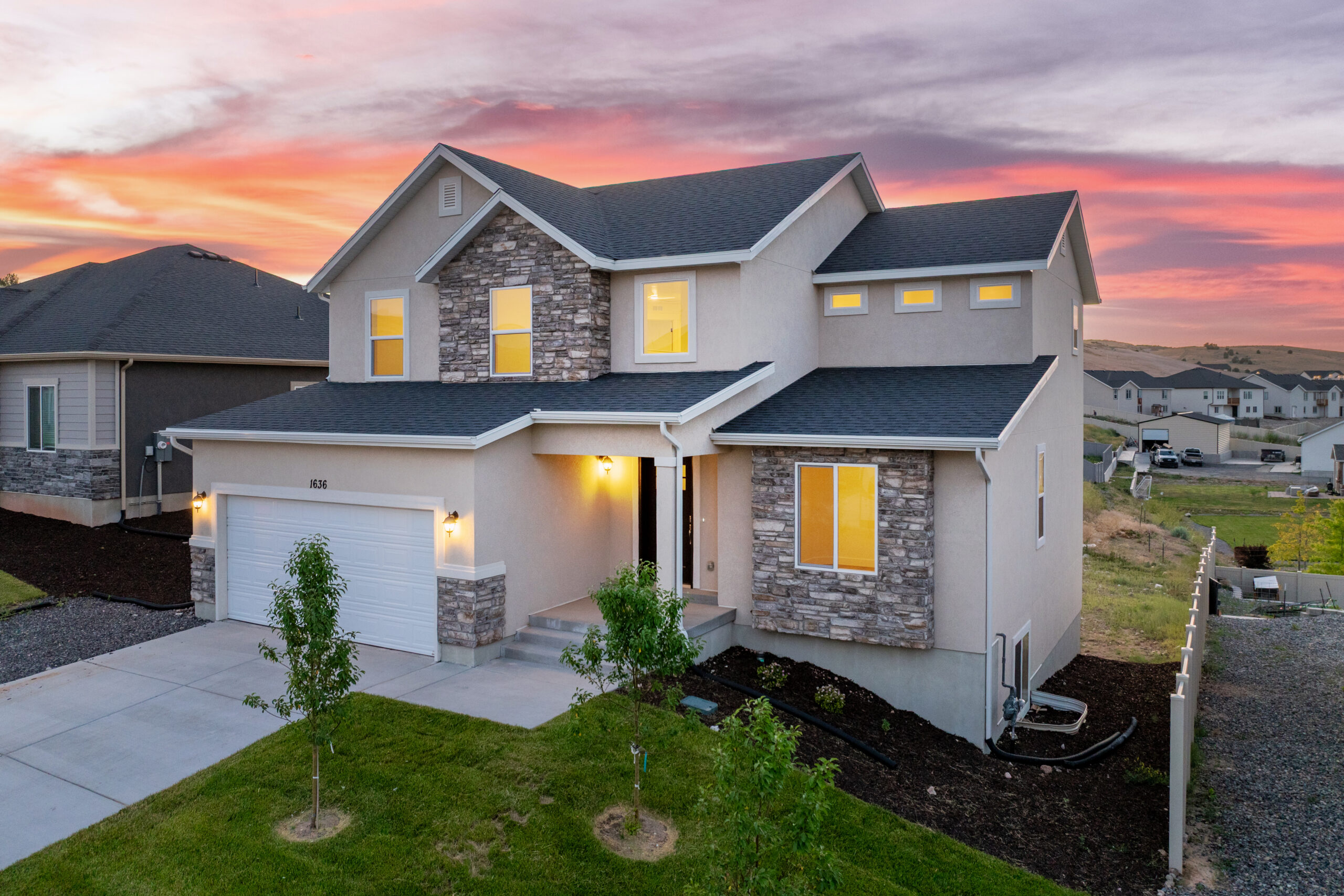Building a custom home is an exciting journey, but with so many decisions to be made, selecting the perfect floor plan can feel overwhelming. The floor plan you choose for your Utah County custom home will have a significant impact on your day-to-day living experiences, making it essential to consider your needs, preferences, and lifestyle when settling on a design. Selecting the right floor plan helps ensure that your new home provides the ideal layout and flow while maximizing livability, flexibility, and efficient use of space.
At Salisbury Homes, we understand that building a custom home is a significant investment and a personal expression of your lifestyle. That’s why, in this article, we will provide you with a comprehensive guide on choosing the right floor plan for your Utah County custom home.
With these guidelines, we aim to help you make a well-informed decision when choosing the perfect floor plan for your Utah County custom home, ensuring that your new living space not only meets, but exceeds your expectations. Our team at Salisbury Homes is dedicated to guiding you through every step of the custom home-building process, providing expert advice, and helping you bring your unique vision to life.
Analyzing Your Current Living Situation
Before diving into the details of a new floor plan, take some time to reflect on your current living situation. Ask yourself:
1. What do you love about your current floor plan, and what could be improved?
2. Are there any rooms or spaces in your home that go unused or are overcrowded?
3. Does your current floor plan accommodate the needs of each family member?
4. How does your daily routine flow within your current living space?
By understanding the strengths and weaknesses of your current living environment, you can pinpoint the areas that require improvement and ensure your custom home design meets and exceeds your needs.
Deliberating on Your Specific Needs and Preferences
When selecting a floor plan, focus on your family’s specific needs and preferences. Consider the following factors:
1. Number of bedrooms and bathrooms: Determine how many bedrooms and bathrooms are needed to accommodate your family comfortably. Remember to think about future changes, such as growing families or aging-in-place considerations.
2. Open-concept vs. traditional layout: Decide whether an open-concept design, which combines the living, dining, and kitchen areas, or a more traditional, separated layout suits your family’s needs and lifestyle better.
3. Additional spaces and features: Make a list of desired additional spaces, including such common requests as a home office, media room, workout area, or guest suite.
4. Outdoor living options: Consider what elements of outdoor living you want to incorporate into your home, such as a patio, deck, outdoor kitchen, or pool area.
Functional Design and Efficient Use of Space
An efficient and functional design is crucial in ensuring your custom home meets your expectations. Consider these guidelines when evaluating floor plans:
1. Room layouts: Assess the layout of individual rooms, ensuring they meet your needs and expectations. For example, ensure the master bedroom is situated in a private location or the kitchen has adequate countertop space for meal preparation.
2. Traffic patterns: Examine the flow of movement within the home, considering potential “traffic jams” in areas such as the entryway, hallways, and staircases.
3. Storage solutions: Ensure your prospective floor plan provides ample storage options, including closets, pantry space, and built-in cabinetry.
4. Window placement: Take into account the placement of windows for maximizing natural light and views, as well as contributing to energy efficiency.
Adapting to Future Needs and Lifestyle Changes
Selecting a floor plan that offers flexibility for future needs or lifestyle changes can be essential. Consider the following:
1. Multi-generational living: If you anticipate multi-generational living or frequent long-term guests, opt for a floor plan that includes a guest suite or in-law apartment with a separate entrance.
2. Aging-in-place: Make appropriate design choices to accommodate aging-in-place, such as wider doorways, a curbless shower, or a first-floor master suite.
3. Expandability: If your family might grow in the future, choose a floor plan that offers room for expansion, such as an unfinished basement or attic space.
4. Resale potential: Keep in mind potential resale value and market appeal when selecting your floor plan, opting for features and layouts that attract a broad range of potential buyers.
Conclusion
Selecting the perfect floor plan for your Utah County custom home involves a thoughtful evaluation of your current living situation, specific needs and preferences, functional design considerations, and potential future changes. By following the guidelines in this article, you can make an informed decision, ensuring your custom home provides a comfortable, efficient, and functional living environment tailored to your unique lifestyle.
At Salisbury Homes, our team is committed to helping you every step of the way, providing our expertise and support in the custom home-building process. If you’re ready to embark on the journey of designing and building your dream Utah County custom home, contact us today to discuss your vision and explore the possibilities with our experienced team of custom home specialists. We also offer Utah house plans for sale.


